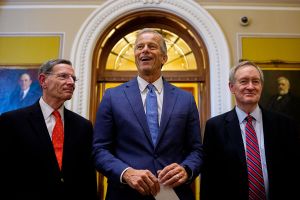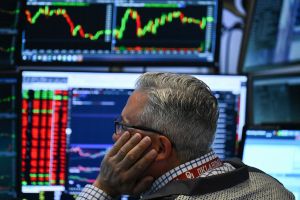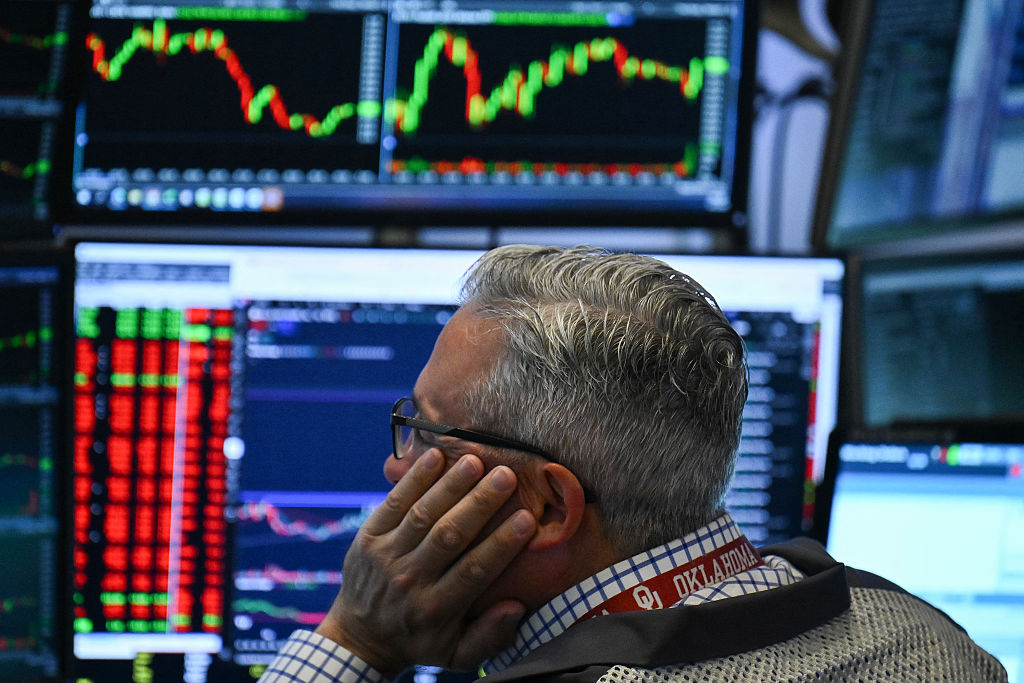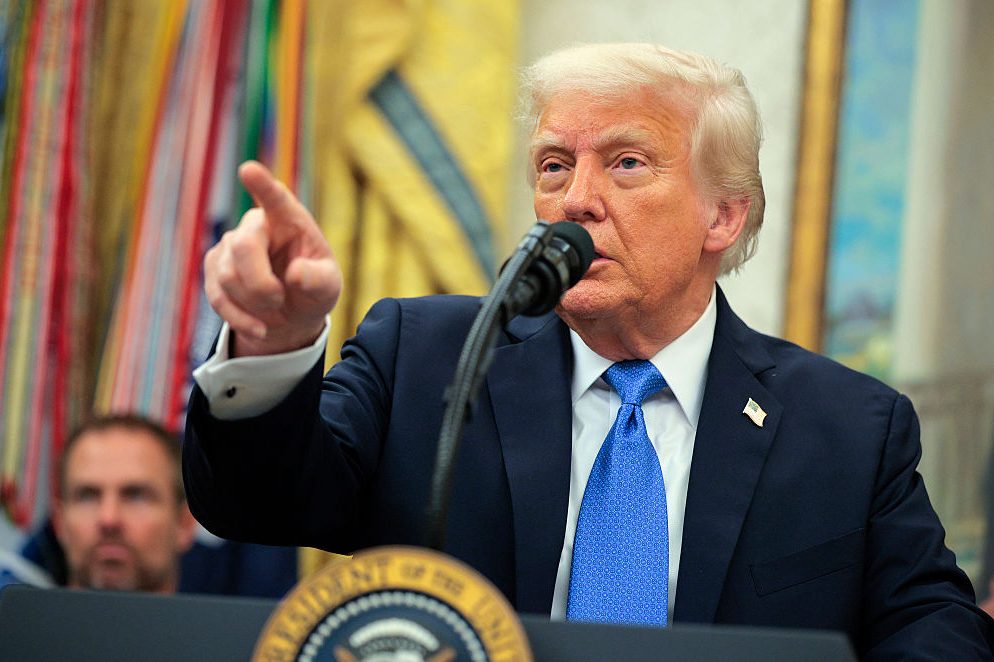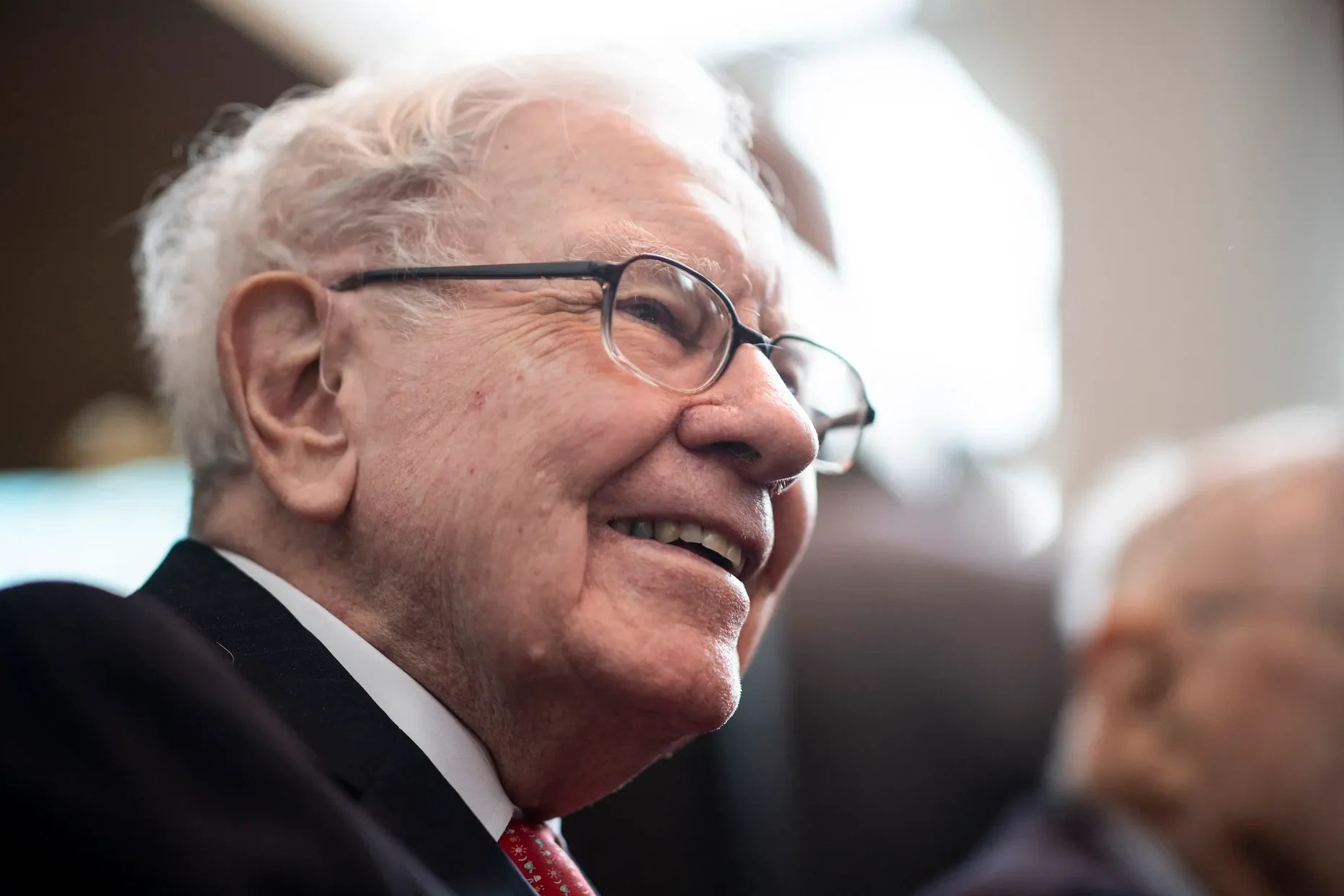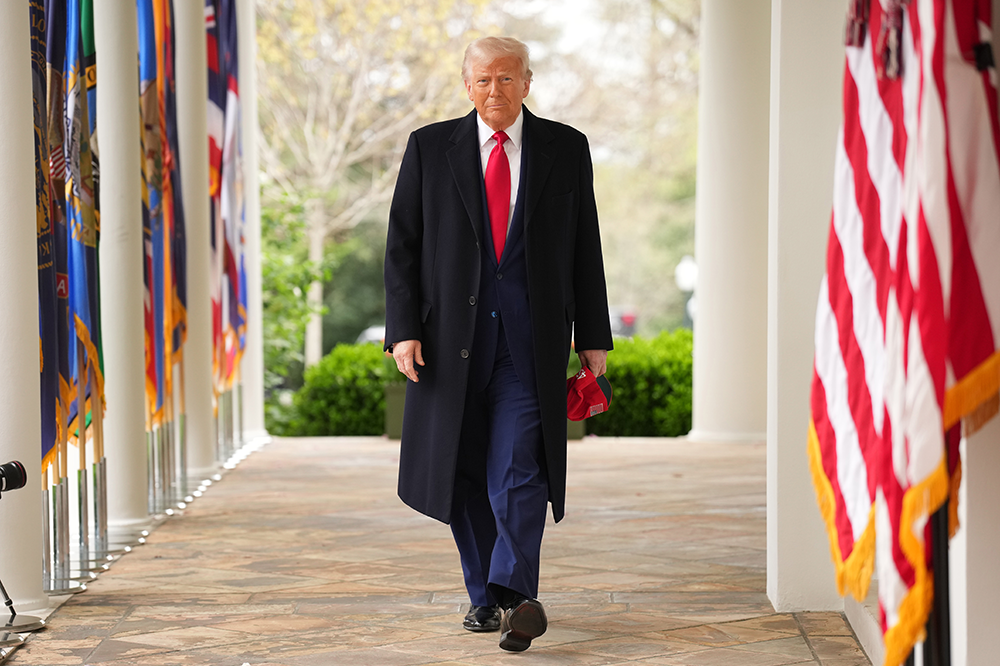Many are familiar with the old aphorism that in real estate the three most important determinants of value are location, location, location. Things are a bit different in making economic forecasts and predictions, where two variables matter most: accuracy, of course, but also timing.
Regarding accuracy: a lengthy list of economists — some quite eminent — have ended up with egg on their faces because of inaccurate predictions and forecasts. In this regard, there’s the observation by the distinguished economist Irving Fisher, 92 years ago today on October 16, 1929, that stock prices had reached ‘what looks like a permanently high plateau’. Since the Great Crash occurred two weeks later, Fisher’s timing wasn’t so great either.
A less eminent, but once high-profile Indian-American economist named Ravi Batra published popular books in 1989 and 1999 predicting global depressions in 1990 and 2000, which depressions never came about.
Another high-profile economist, Lester Thurow — author of many books and one-time dean of MIT’s Sloan School of Management — published a bestseller in 1992 called Head to Head, wherein he predicted that China ‘will not have a big impact on the world economy in the first half of the 21st century’. Oops. One reason perhaps that this economist’s detractors sometimes referred to him as ‘Less Than Thurow’. And while more of an assessment than a forecast, the editors at Fortune, lest we forget, named Enron ‘America’s most innovative company’ for six straight years between 1996 and 2001. In Fortune’s defense, I suppose it could be argued that Enron was in fact innovative — just not in the ways the magazine thought!
Numerous economists — too many to count — messed up with predictions about one or another aspect of the ‘Great Recession’ of 2007-2009, so let’s focus instead on another botched recession prediction, this one by none other than Nobelist Paul Krugman.
On the night of Donald Trump’s election victory in November 2016 he famously — or, better yet, infamously — forecast that a global recession was imminent, one from which markets might ‘never’ recover. And that boner, however large, was hardly Krugman’s most disastrous foray into forecasting. In 1998, he wrote that ‘by 2005 or so it will become clear that the internet’s impact on the economy has been no greater than the fax machine’s’.
Now, just to be clear, forecasting is hard work, one reason for the enduring resonance of the quip by another Nobelist, Paul A. Samuelson, that ‘Wall Street indexes predicted nine of the past five recessions’. This quote offers a nice segue into matters of timing, the other key variable in forecasting.
On March 30, 1998, two writers, business writer James K. Glassman and economist Kevin Hassett, wrote a piece for the Wall Street Journal wherein they suggested that stocks were undervalued and that the DJIA, which was moving in the 8,600-9,000 range that month, was due to rise. Indeed, they suggested, that the average could be expected to rise to unprecedented levels, to as high as 35,000, an astounding level at that time. A year later, they elaborated on their argument in a book entitled Dow 36,000: The New Strategy for Profiting from the Coming Rise in the Stock Market. In so doing, they not only added another thousand points to their prediction regarding the DJIA’s future level, but also added a reference to time. ‘It could take 10 years or 10 weeks’ for the Dow to hit 36,000, they wrote, but ‘our own guess is somewhere between three and five years’.
To put it mildly, there have been a few bumps in the road since Glassman and Hassett made their bold prediction. For starters, there was the turn-of-the-century dot.com bust, 9/11, and the Great Recession — or Lesser Depression, as Krugman dubbed it — all of which slowed the rise of the DJIA. In October 2021, 22 full years after the appearance of the Glassman-Hassett book and 17 to 19 years after their own guess, the Dow is hovering between 34,000 and 35,000, within striking distance, however belatedly, of the magic number.
Making predictions about economic matters is tough stuff, as the case of Glassman and Hassett and Dow 36,000 attests. For further corroboration, there’s the irrepressible Krugman again, who has called the Glassman-Hassett prediction ‘silly’, claimed that the authors of Dow 36,000 ‘may have had one digit too many in their title’ and wrote that the prediction was based on ‘crude conceptual errors’. To top off his critique, when Hassett, chair of the Council of Economic Advisers under Donald Trump between 2017 and 2019, returned to the White House in 2020 to advise the president on the economic fallout from COVID, Krugman snidely tweeted that, while there, Hassett was ‘also working on his new book, “Death 36,000”’.
It will be interesting to see who has the last laugh.










